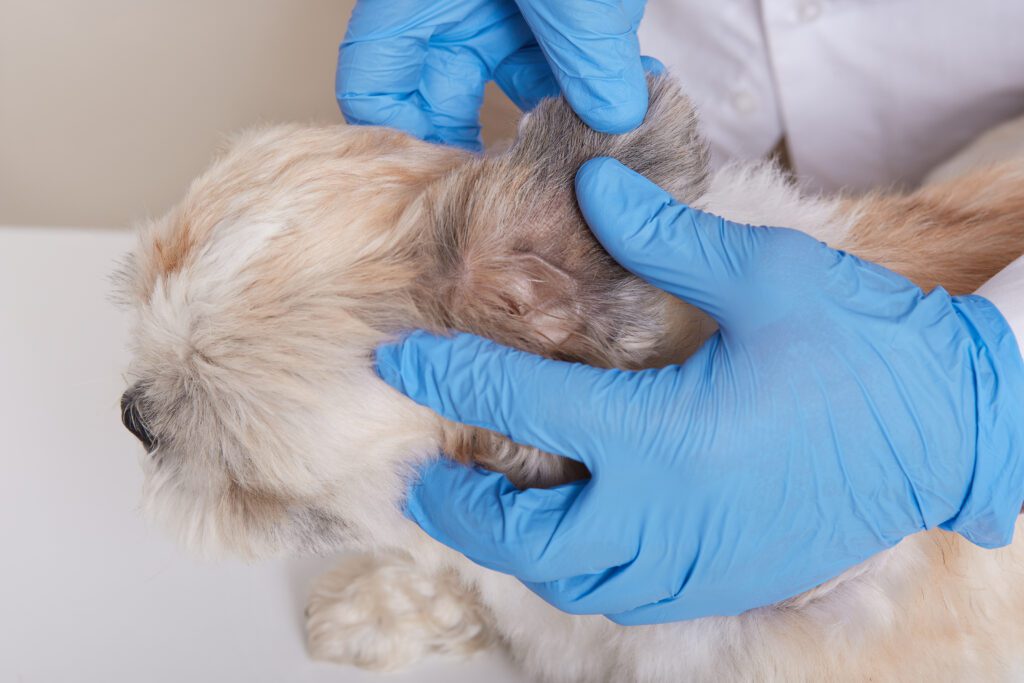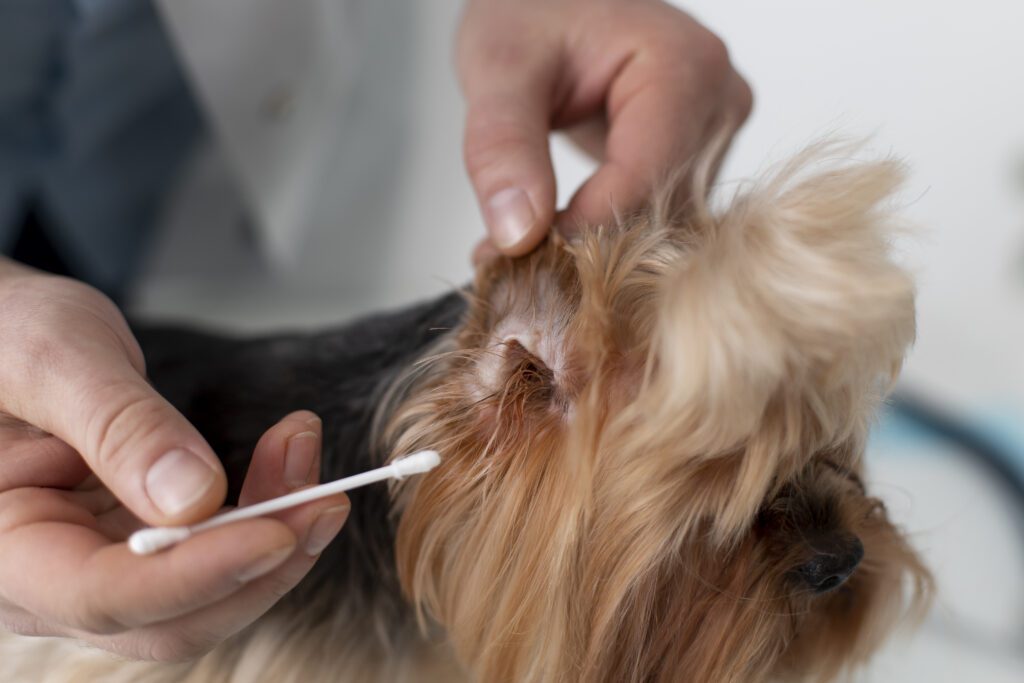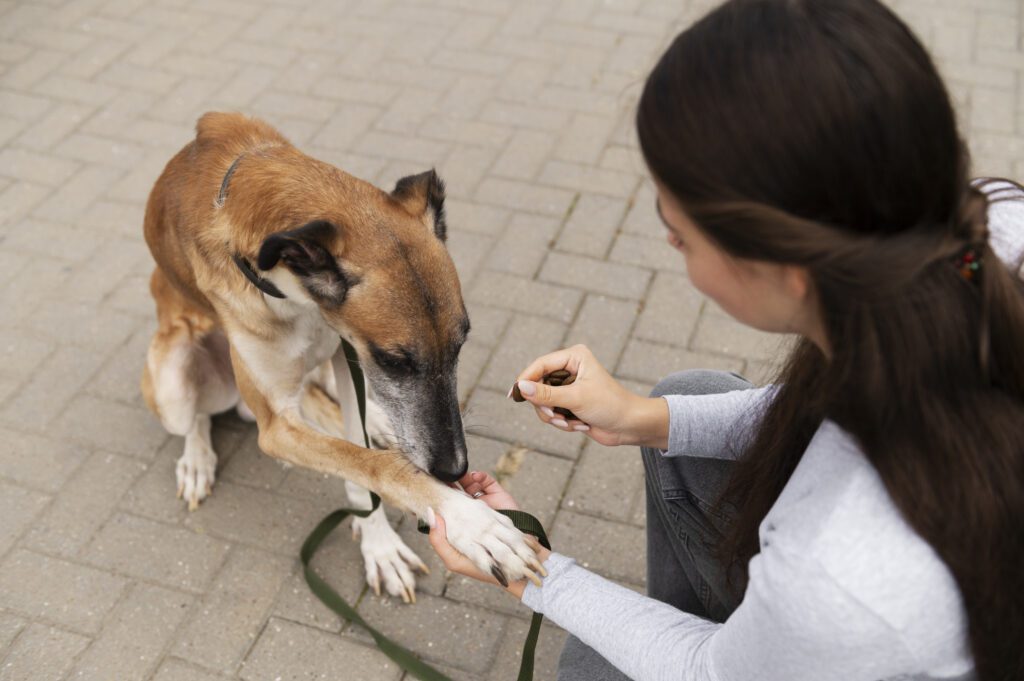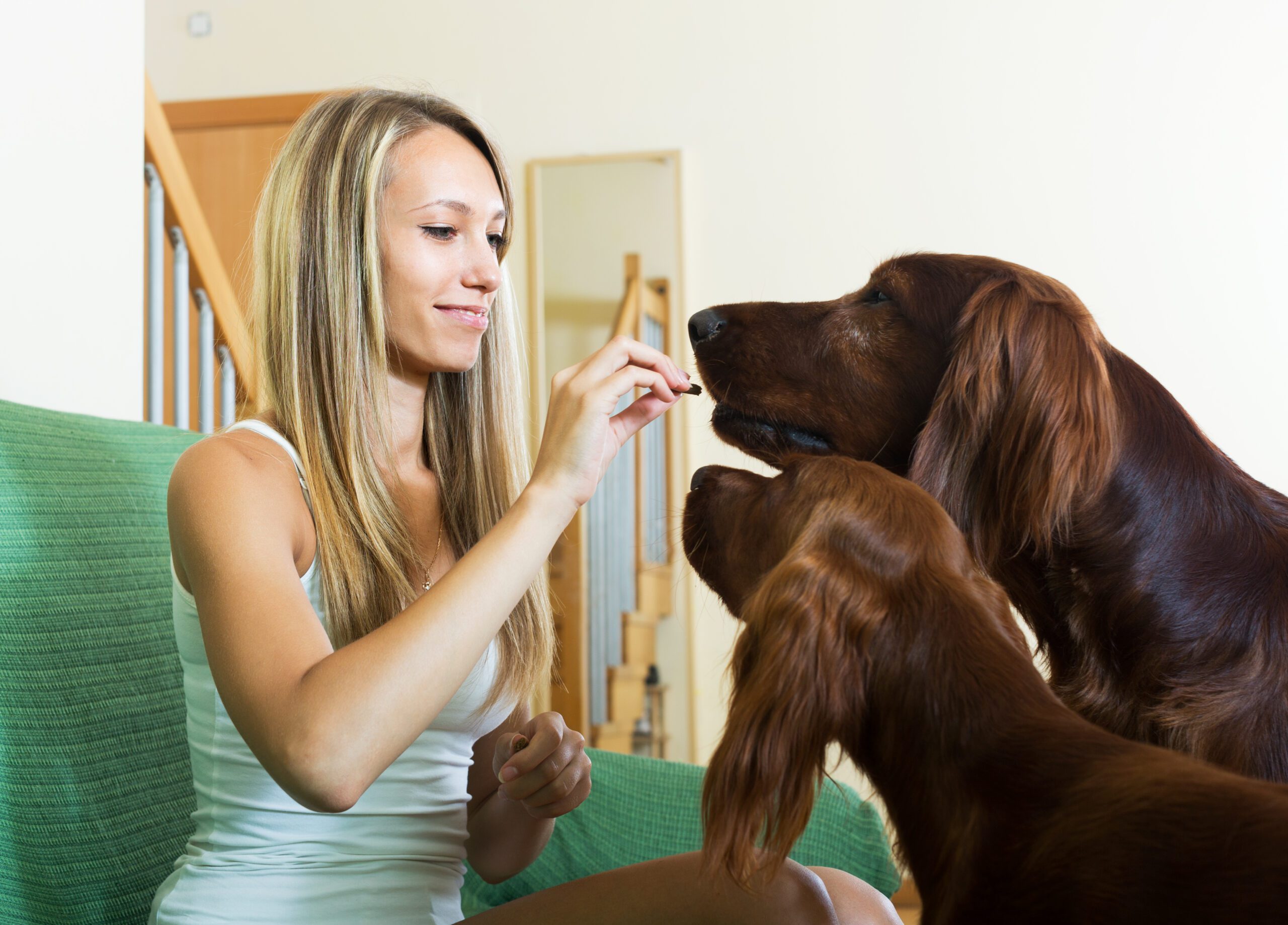Ticks are tiny, blood-sucking parasites that can cause big problems for dogs. These pesky creatures attach themselves to your dog’s skin, feed on their blood, and can transmit serious diseases like Lyme disease, ehrlichiosis, and anaplasmosis. If you’ve ever spotted one of these unwelcome guests on your furry friend, you know how unsettling it can be.
But don’t worry — with the right tools, knowledge, and a calm approach, you can safely and effectively How Do You Remove Ticks from Dogs?. This detailed guide will explain everything you need to know about identifying, removing, and preventing ticks.
Understanding Ticks: What Are They?
Ticks are small arachnids (related to spiders and mites) that live by feeding on the blood of animals. They are most active during warm and humid months but can survive in various environments year-round.
Ticks have four life stages — egg, larva, nymph, and adult. At each feeding stage, they need to attach to a host (like a dog) to suck blood. Once attached, they can feed for several days before dropping off.
While feeding, ticks can transmit harmful bacteria and parasites into your dog’s bloodstream, leading to infections and illnesses. That’s why quick and careful removal is crucial.

How to Check Your Dog for Ticks
After your dog spends time outdoors — especially in tall grass or wooded areas — check them carefully. Ticks love warm, hidden spots. Look closely:
- Around the ears
- Under the collar
- Between the toes
- Under the front legs
- Around the eyes and muzzle
- Near the tail and groin area
Run your hands over your dog’s body, feeling for small, firm bumps. Ticks can be as tiny as a pinhead or as big as a pea. If you find one, don’t panic — you can remove it safely.
What You’ll Need
Before you start, grab these items:
- Fine-tipped tweezers or a tick removal tool
- Gloves
- Rubbing alcohol or antiseptic
- A small container or zip-lock bag
- Dog-safe disinfectant
- Treats (to help your dog stay calm)
Step-by-Step: How to Remove a Tick
1. Keep Your Dog Calm
Have someone gently hold your dog still or distract them with treats.
2. Put on Gloves
Always wear gloves. Ticks can carry diseases that spread through their blood or fluids.
3. Grab the Tick Carefully
Use a pair of tweezers to grab the tick as close to your dog’s skin as you can. Hold it by the head or mouth, not the body. If you’re using a tick removal tool, slide it between the skin and the tick and gently lift or twist, depending on the instructions.
4. Pull It Out Slowly
Pull the tick straight out with steady pressure. Don’t twist or crush it — you want to remove it cleanly. If part of the head stays in, try to remove it, but if it’s too deep, leave it. Your dog’s body will likely push it out naturally.
5. Clean the Area
Wipe the bite area and your hands with alcohol or antiseptic. Then apply a dog-safe antiseptic spray or cream.
6. Dispose of the Tick
Don’t crush it with your fingers. Instead, drop it into a small container or bag with rubbing alcohol. You can save it in case your vet needs to test it later.
7. Watch for Symptoms
Keep an eye on your dog for a few days. If you notice swelling, redness, tiredness, fever, or loss of appetite, call your vet.

When to Call the Vet
See your vet if:
- You can’t remove the tick’s head
- The bite looks swollen or infected
- Your dog acts sick or tired
- You find several ticks
- You live in an area where tick diseases are common
Your vet may test for infections or prescribe antibiotics if needed.
Common Tick-Borne Diseases
Ticks can carry serious illnesses, such as:
- Lyme Disease: Causes fever, swollen joints, and lameness.
- Ehrlichiosis: Leads to fatigue, fever, and bleeding issues.
- Anaplasmosis: Causes joint pain and loss of appetite.
- Babesiosis: Affects red blood cells, leading to anemia.
- Rocky Mountain Spotted Fever: Can cause fever, vomiting, and muscle pain.
Early treatment is key, so don’t wait to call your vet if your dog shows symptoms.
How to Prevent Ticks
1. Use Preventive Products
Ask your vet about spot-on treatments, oral pills, tick collars, sprays, or shampoos that protect your dog.
2. Keep Your Yard Clean
Trim grass and bushes regularly and remove leaves or debris where ticks might hide.
3. Check Your Dog Often
After walks or playtime outside, inspect your dog thoroughly.
4. Groom Regularly
Bathing and brushing your dog helps spot ticks early.
5. Avoid Tick Hotspots
Skip overgrown or wooded areas, especially during spring and summer.
6. Ask About Vaccines
In some areas, there’s a vaccine for Lyme disease. Ask your vet if it’s recommended where you live.
Don’t Fall for Home Remedies
Avoid using petroleum jelly, alcohol, or matches to remove ticks. These methods can make the tick release more saliva or infected material into your dog, raising the risk of disease. Always remove ticks mechanically and clean the area afterward.

Final Thoughts
Ticks are small, but they can cause serious health issues. The best protection is regular checks, preventive care, and quick action.
Here’s a quick recap:
- Stay calm and remove the tick carefully.
- Clean and monitor the bite.
- Keep up with prevention year-round.
By staying alert and caring for your dog regularly, you can keep them healthy, happy, and tick-free.
Also read related article on why dogs run away.
